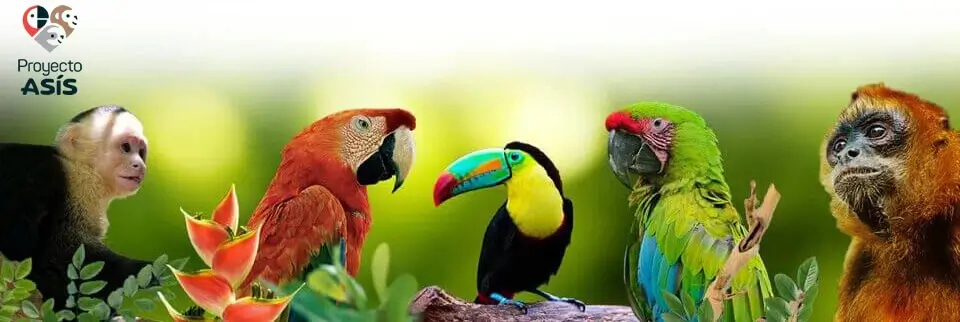Homestay Costa Rica: Live Like a Local with a Tico Family
Experience authentic Costa Rican culture by staying with a carefully screened host family near Proyecto Asis Wildlife Rescue. Our homestays offer more than just a room—they’re a gateway to language immersion, traditional food, and the famous “Pura Vida” lifestyle.

Why Choose a Homestay in Costa Rica?
- ✅ Full cultural immersion: Learn Spanish, celebrate local holidays, and share meals with your host family.
- ✅ Safe & screened families: All hosts are middle-class Costa Rican families (“Ticos”) committed to cultural exchange.
- ✅ Perfect for volunteers: Located minutes from Proyecto Asis, ideal for wildlife, vet, and group programs.
- ✅ Comfortable amenities: Private bedrooms, shared bathrooms, WiFi, and laundry service included.
What to Expect from Your Costa Rica Homestay
1. Authentic Home Environment
Host families like Rosi and Fabio’s in La Tigra offer a glimpse into rural Costa Rican life. Help harvest fruits for breakfast, chat over gallo pinto (rice and beans), and bond with their pets (like Tommy the dog!).
2. Volunteer-Friendly Location
- Less than 30 minutes to Proyecto Asis (wildlife rescue center).
- Easy access to Alajuela’s farmer’s market (where hosts sell organic produce).
3. Thoughtful Amenities
- Healthy meals (vegetarian/vegan options available).
- Private or shared rooms (bunk beds for groups).
- Hot water and WiFi (rare in rural areas!).
Homestay Costa Rica – Living Standards
Ticos enjoy a simple, fulfilling lifestyle focused on family, farming, and sustainability. While homes are modest (by Western standards), you’ll enjoy:
- Spotless rooms with fans or natural breezes.
- Home-cooked meals with tropical fruits and coffee.
- Generous hospitality—many volunteers say goodbye with tears!
“Living with Rosi’s family taught me more Spanish in a month than a year of classes. Plus, her casado (typical dish) is the best!” – Previous Volunteer
Who Is This For?
- 🌎 Volunteers at Proyecto Asis (wildlife, vet, or teaching programs).
- 🎓 Students wanting Spanish immersion.
- ✈️ Travelers seeking deeper cultural connections.
How to Book Your Homestay
- Apply for a Proyecto Asis program (or inquire directly).
- Share your needs (dietary restrictions, room preferences).
- Pack light—you’ll leave with a full heart (and maybe a recipe for patacones!).
























































































You must be logged in to post a comment.